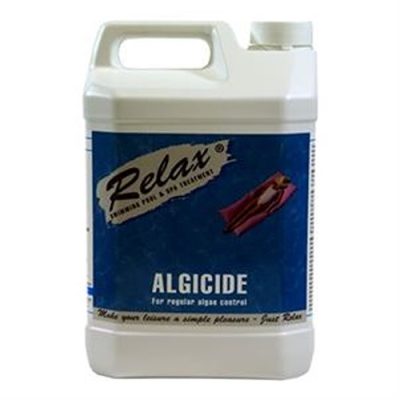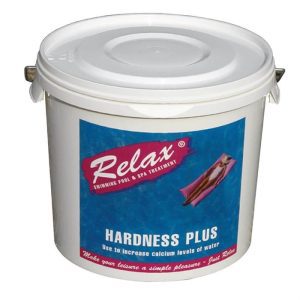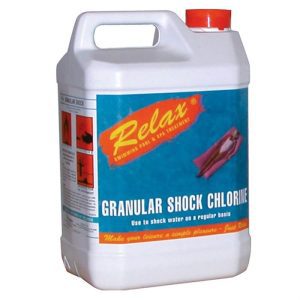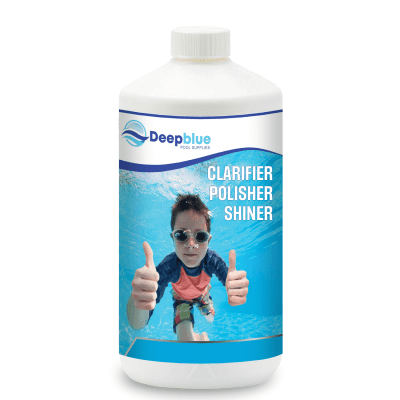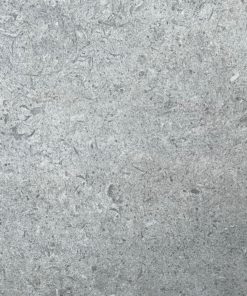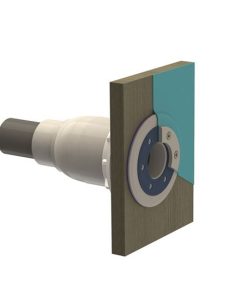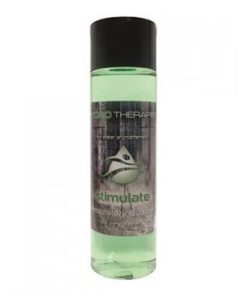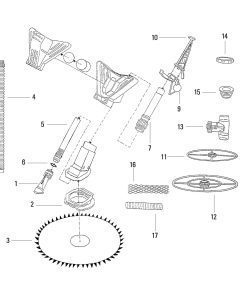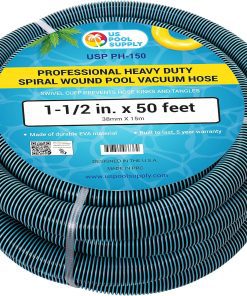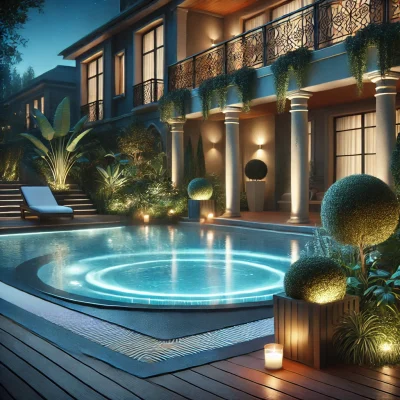Blogpool, Chemicals, Hottub, Swimming Pool, Water Testing
Maintaining safe and clean water in pools and spas: Key terms and questions answered
Questions
Which are the two major objectives of ensuring that pool and spa water has the right chemical composition?
Why is bromine best suited for use in indoor pools or spas only?
Describe the distinction between sanitizers and oxidizers in water quality preservation.
Why is breakpoint chlorination crucial and what does it entail?
What happens when chloramines are present in pool water and why should it be avoided?
The three forms of chlorine that exist in pool water include hypochlorous acid, chlorine (Cl2) and chloramines.
What is the meaning of Langelier Saturation Index and why is it important for pool water balance?
pH is linked to total alkalinity in a specific way.
What are the consequences of not having the right calcium hardness in pool water?
What could happen if total dissolved solids (TDS) concentration in pool water becomes too high?
Quiz Answer Key
Sanitation and balance are the two primary objectives of pool and spa water management.
Bromine degrades quickly when exposed to sunlight as it can lose as much as 65% of its active component within two hours. This makes bromine less useful for outdoor pools which are under direct sunlight.
Sanitizers are designed to eliminate bacteria and algae while oxidizers break down organic waste products such as sweat, oils, and urine which sanitizers can then eliminate.
Breakpoint chlorination refers to the process of adding a sufficient quantity of chlorine to oxidize all available chloramines and organic matter in water. This ensures that the remaining chlorine is in its free available form, which is the most effective for sanitation.
Chloramines are less effective disinfectants than free chlorine, produce an unpleasant “chlorine” odor, and can irritate swimmers’ eyes and skin.
Chlorine exists in three forms: free available chlorine (FAC), combined chlorine (chloramines), and total chlorine, which is the sum of FAC and combined chlorine.
The Langelier Saturation Index calculates the likelihood of the water turning corrosive or forming scales. It is crucial to keep the index at the right level to safeguard pool surfaces and equipment while ensuring swimming comfort.
Total alkalinity acts as a buffer, resisting changes in pH. When alkalinity is low, pH may fluctuate easily, and when alkalinity is high, pH adjustments become difficult.
The calcium hardness level should be appropriate to prevent the water from being too corrosive or scale forming. Pool surfaces and equipment get damaged by low hardness while high hardness causes cloudy water and scale deposits.
High TDS can reduce chlorine effectiveness, give the water a salty taste, cause a dull appearance, and promote algae growth. High TDS also interferes with test results and causes various water chemistry problems.
Glossary of Key Terms
Available Chlorine: The amount of chlorine in a compound that is available for disinfection.
Breakpoint Chlorination: The process of adding enough chlorine to completely oxidize all chloramines and organic impurities, leaving only free available chlorine.
Bromine: A halogen element used as a sanitizer in pools and spas, particularly in indoor settings due to its sensitivity to sunlight.
Calcium Hardness: A measure of the concentration of dissolved calcium and magnesium ions in water.
Chloramines: Compounds formed by the reaction of chlorine with ammonia and other nitrogenous compounds in water. They are less effective disinfectants than free chlorine and can cause irritation.
Chlorine: A halogen element commonly used as a sanitizer and oxidizer in pools and spas.
Cyanuric Acid: A chlorine stabilizer that protects chlorine from degradation by sunlight, extending its effectiveness in outdoor pools.
DPD Test: A colorimetric test used to measure chlorine and bromine levels in water.
Free Available Chlorine (FAC): The form of chlorine that is most effective for disinfection.
Langelier Saturation Index: A calculation that predicts the water’s tendency to be corrosive or scale-forming based on pH, alkalinity, calcium hardness, and temperature.
Muriatic Acid: The commercial grade of hydrochloric acid used to lower pH and alkalinity levels in pool water.Oxidizer: Organic contaminants in water become easier for sanitizers to eliminate after being broken down by chemical agents known as oxidizers.
Ozone functions as a strong gaseous oxidizer which operates in specific pool sanitation systems yet maintains no lasting residual effect.
Parts per Million (ppm): The measurement system expresses chemical concentrations within water solutions through this unit.
pH: Solutions have acidity or alkalinity levels which range from 0 (acidic) to 14 (basic).
The water sanitizer functions as a substance that kills bacteria along with algae.
Shocking: A sanitizer treatment method uses high concentrations of chlorine to remove chloramines along with other substances from the pool water.
Soda Ash: Sodium carbonate functions as a substance to raise pH and alkalinity in pool water.
A stabilizer functions as a chemical substance that defends chlorine from breakdown caused by sunlight exposure and cyanuric acid typically serves as the stabilizing agent.
Total Alkalinity: The measurement represents how well water maintains its pH levels against changes.
TDS represents the complete amount of dissolved substances including minerals salts and other compounds found in water.
The turbidity measurement shows the amount of cloudiness or haziness in water to determine the cyanuric acid level.
A pool water system achieves water balance when all chemical indicators stay within their optimal ranges thus avoiding corrosion and scaling issues.
Some products you might be interested in:


